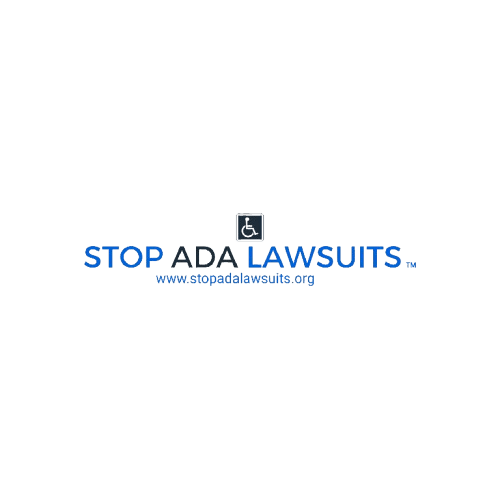Introduction: Why Accessible Parking Matters
Accessible parking spaces are more than just a nice gesture; they’re a legal requirement under the Americans with Disabilities Act (ADA). These spaces ensure that individuals with disabilities can access your business or property with dignity and ease. But what happens when your parking lot doesn’t measure up? Spoiler alert: lawsuits, fines, and a tarnished reputation are just the beginning.
Let’s dive into the nitty-gritty of accessible parking compliance and uncover some common pitfalls that could land your business in hot water.
The Basics of Accessible Parking Compliance
Before we get into the mistakes, here’s a quick refresher on the basics:
- Number of Spaces: The ADA specifies how many accessible spaces you need based on the total number of parking spots in your lot. For example, if you have 25 parking spaces, at least one must be accessible.
- Dimensions Matter: Accessible parking spaces must be at least 8 feet wide, with an adjacent 5-foot-wide access aisle. For van-accessible spaces, the access aisle must be 8 feet wide.
- Signage: Each accessible parking space needs a clearly visible sign with the International Symbol of Accessibility. For van spaces, the sign must include the words “Van Accessible.”
- Slope Requirements: The surface of the parking space and access aisle must not exceed a 2% slope in any direction.
Common Pitfalls and How to Avoid Them
- Improper Slope or Grading
- The Problem: Many parking lots have slopes that exceed the 2% maximum allowed by the ADA, creating a significant barrier for wheelchair users.
- The Solution: Use a digital level to check slopes regularly and address grading issues promptly during maintenance or repaving projects.
- Faded or Missing Markings
- The Problem: Over time, paint fades, and markings can become unclear. If drivers can’t distinguish the boundaries of accessible spaces, those spots may not be used appropriately.
- The Solution: Repaint markings annually or as needed to keep them vibrant and compliant.
- Lack of Proper Signage
- The Problem: A missing or improperly placed sign can render an accessible parking space non-compliant.
- The Solution: Ensure signs are mounted at least 60 inches above the ground and include all required information.
- Insufficient Number of Spaces
- The Problem: As businesses grow, parking lots are often expanded without considering the updated requirements for accessible spaces.
- The Solution: Reassess compliance whenever you make changes to your parking area.
- Shared Access Aisles
- The Problem: Access aisles shared between two spaces are often blocked by careless drivers or deliveries.
- The Solution: Clearly mark access aisles with crosshatch lines and signage indicating they must remain clear at all times.
The Cost of Non-Compliance
Failing to comply with ADA parking requirements isn’t just an oversight; it’s a legal risk. Businesses found in violation can face penalties of up to $75,000 for a first offense and $150,000 for subsequent violations. Add legal fees and the cost of retrofitting your parking lot, and the price of non-compliance skyrockets.
Proactive Steps to Stay Compliant
- Conduct Regular Audits: Schedule annual inspections of your parking lot to identify and address compliance issues.
- Hire Experts: Work with ADA compliance specialists to ensure your parking spaces meet all federal, state, and local requirements.
- Educate Your Team: Train staff to recognize and report issues with accessible parking.
- Keep Records: Document your compliance efforts to demonstrate good faith in case of a complaint or lawsuit.
Conclusion: Accessibility Is Good Business
Beyond avoiding lawsuits, providing accessible parking is simply the right thing to do. It shows your commitment to inclusivity and creates a welcoming environment for all customers and visitors. By staying proactive and addressing potential pitfalls, you can ensure your property remains accessible, compliant, and lawsuit-free.
Need help navigating the complexities of ADA compliance? Visit StopADALawsuits.org for resources and expert guidance.
